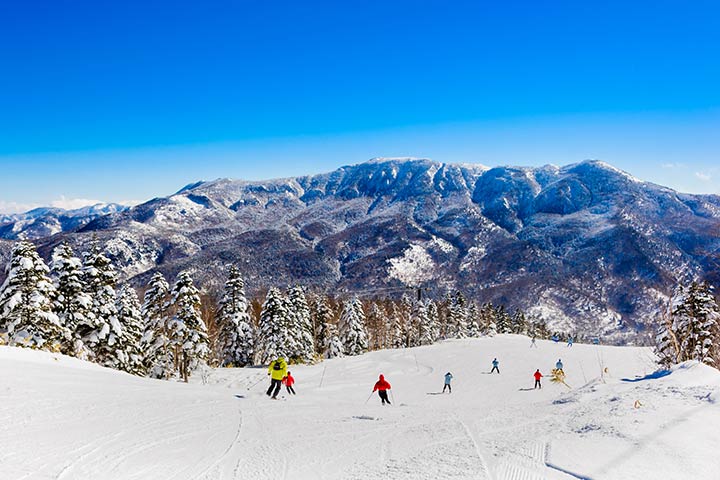Welcome to Tokyo, where ancient traditions blend seamlessly with modern innovation.
Immerse yourself in vibrant neighborhoods, iconic landmarks, and indulge in exquisite cuisine. Discover the allure of historic temples, vibrant street markets, and the electrifying energy of the city. From the tranquil gardens of the Imperial Palace to the bustling streets of Shibuya, let Tokyo mesmerize you with its unique blend of tradition and cutting-edge technology. Start your unforgettable adventure in Tokyo today!

